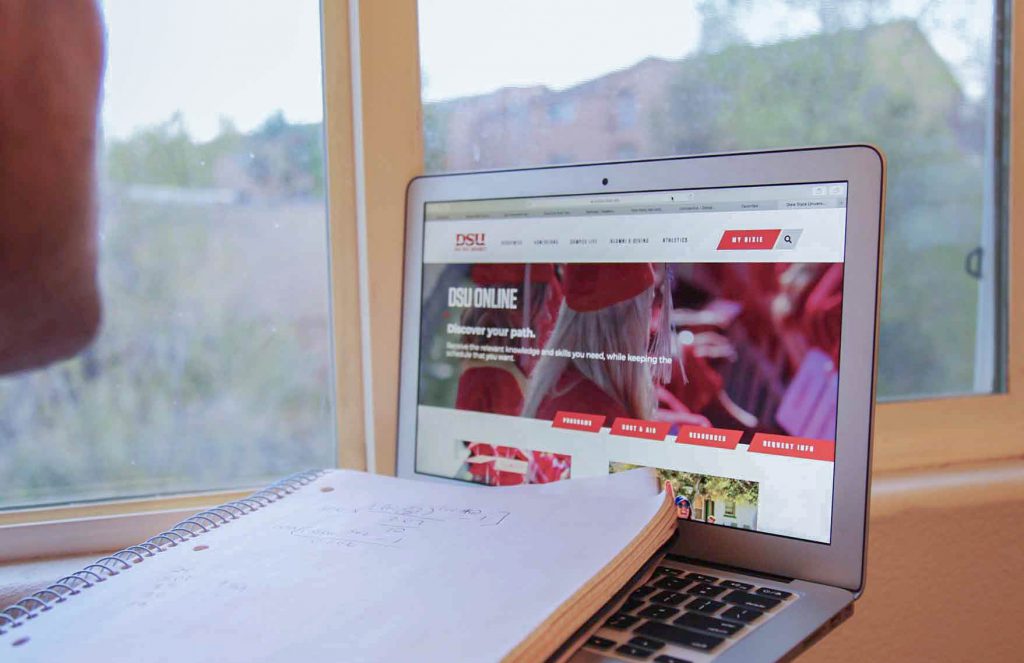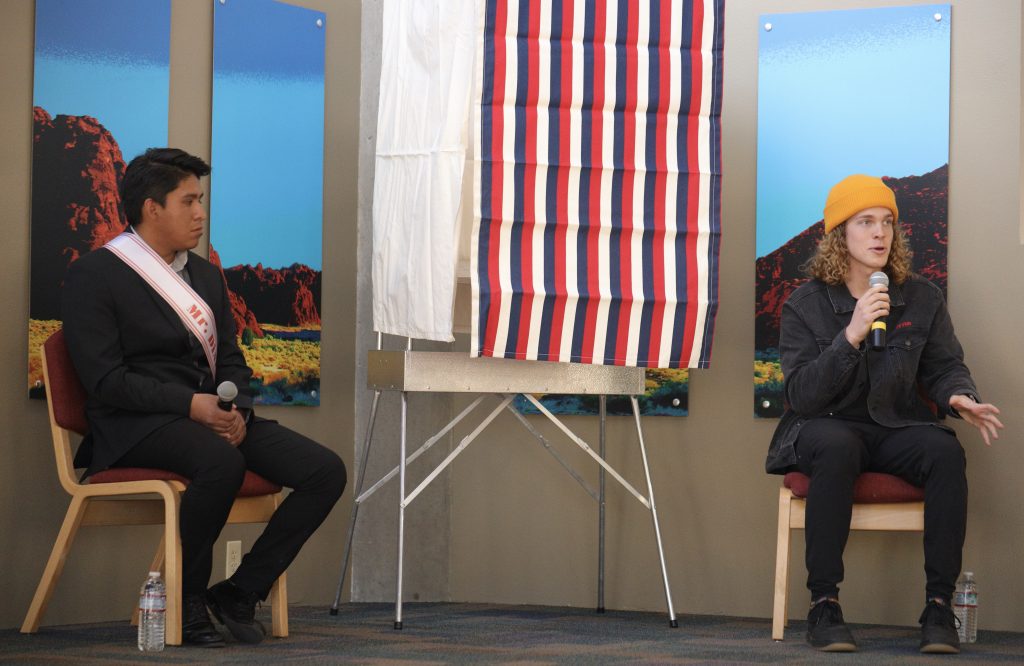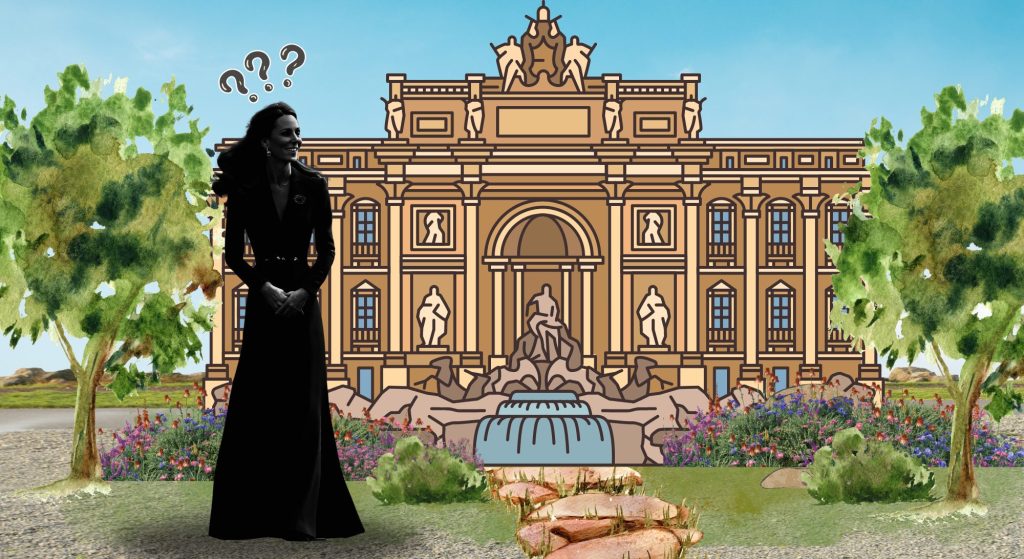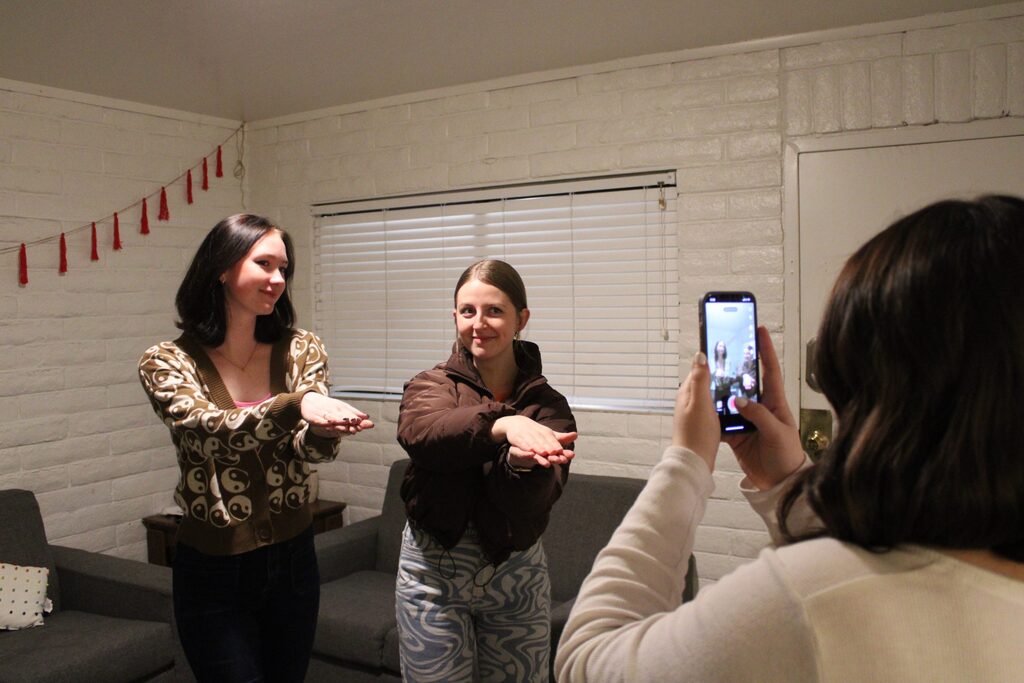“I can’t do it.”
“I’m going to drop out.”
“I feel so lost.”
“I’m so confused.”
These are all things that college students tend to say when they are stressed and overwhelmed, especially around midterms.
Midterms are intimidating, especially for students who are new to college. The pressure of having big tests in the middle of the semester, the worry that your grade will drop to an unrecoverable percent and trying to balance social lives, work, school and time for yourself is difficult. All of these things can be a lot and can build up.
However, there are places to aid that stress.
Academic Performance Center
Abby Sheeley, co-coordinator of Utah Tech University’s Academic Performance Center, said, “These anxieties can be eased by beginning to study early, creating a study schedule and utilizing Utah Tech’s resources for help.”
Making sure that your priorities are in check from the very beginning of the semester can make all the difference in the world to how your midterm experience goes.
The Academic Performance Center is located in the Holland Centennial Commons in room 431. On Mondays through Thursdays, the center is open from 10 a.m. to 8 p.m. On Fridays, it is open from 10 a.m. to 5 p.m. The center is closed on the weekends.
This center offers a place for students to study on their own. This is a quiet place to be and gives the students the opportunity to signal a tutor if needed, as well as allow students to work on their own or with a group.
Tutors are offered for sessions or for select help during studying. They offer specialized tutoring for majors. Students can sign up for certain uninterrupted times with a tutor to go over notes and get help.
When students can’t physically be in the building, the center offers online help. Just as the in-person tutoring works, students can schedule an appointment through Zoom to get the help and support they need.
As midterms sneak up on students, this safe space to study and ask for help can come in handy, especially if the fear of failing is overpowering students.
Peer coaches
Peer coaches are attending students who are assigned to first-year students. They help students focus on what their chosen goals are. This one-on-one partnership allows the first-year student to have someone to go to if they need a friend and mentor.
They are there to help focus on your studying tactics, find ways to get involved, help find ways to manage your stress or just talk.
The peer coaches care about each student they work with and want them to succeed. As each coach has their own experiences in life, they have different perspectives on studying techniques, social interactions, cultural ideals and more.
Sheeley said: “If you’re feeling overwhelmed, it’s important to talk to someone, whether that’s a peer, tutor or counselor. Midterms can be stressful, but we have resources on campus that are here to help.”
The support from these coaches continues to help students succeed through first-time midterm experiences. The stress can be overwhelming, so for someone to be there and help walk you through this stressful time can take a load off of the students’ shoulders.
Booth Wellness Center
Maintaining good mental health is important to get through midterms. The stress can be overwhelming and suffocating. The Booth Wellness Center has resources for students to go to for both physical health and mental health.
The center offers appointments for students to meet about mental health at no additional cost. Talking about the things that are stressing students out or overwhelming them can help a lot with focus.
Debbie Bartlett, assistant director of the student testing center, said, “The Booth Wellness Center has help available and they are the best resource on campus if you are experiencing excessive stress.”
Creating a balanced perspective in personal lives as well as a balanced schedule with life and school can help students to do better on tests during this year’s midterms. Having balanced perspectives can also have lasting effects and habits for the future.
Utah Tech recreation activities
All over campus there are always activities going on. Whether it be at the Human Performance Center, the Gardner Ballroom or outside, students always have the option to stay active and get involved.
Students on campus often can find that being active and taking a break from studying or doing school work to go to the gym or go play a sport, actually helps their focus and study strategies. It hits a “reset” button in your brain and releases a protein called Netrin that allows you to focus and remember things better.
Whether students want to go to the gym, go rock climbing outside, play pickleball or even just walk around on campus, there are benefits to it all.
Peter Neibert, an athletic training professor, said, “A good balance between study and relaxation ensures peak performance.”
Midterms are a time when life gets crazy and finding the balance for all of it is not an easy feat. Finding what works for you to allow yourself to be successful and also healthy is key. Take the time each day to study thoroughly, but also take a break to have time for yourself for something you enjoy doing.























